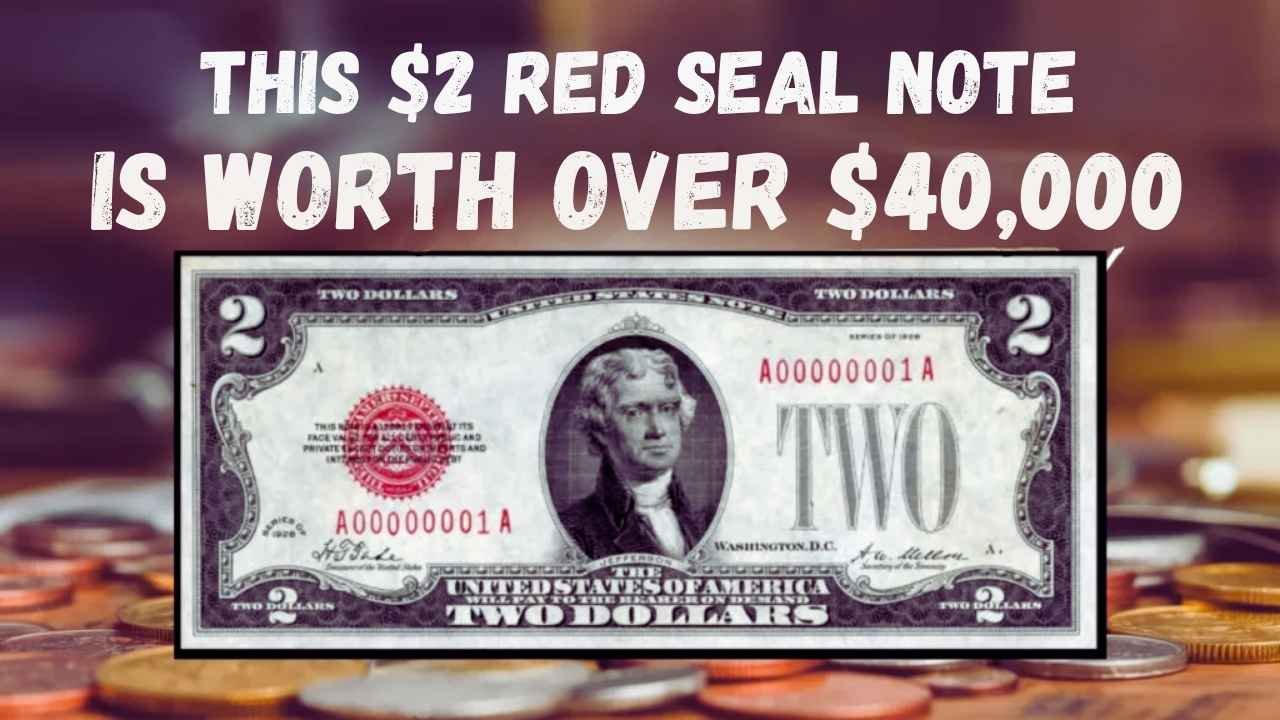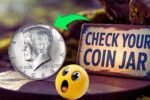Most people don’t think twice about a $2 bill, but a rare 2017A series $2 bill could be worth over $85,000. These bills, still floating around in wallets and cash registers, have caught the attention of collectors due to their unique serial numbers or printing errors. Featuring Thomas Jefferson on the front and the signing of the Declaration of Independence on the back, these notes are legal tender but rarely seen in everyday use. Let’s dive into why these $2 bills are so valuable and how you can spot one.
What Makes These Bills Special
The value of a 2017A $2 bill comes down to its serial number or printing mistakes. Collectors love “fancy” serial numbers, like repeaters (12121212), ladders (12345678), or low numbers (00000001). Some 2017A bills also have errors, like misaligned text or ink smears, which make them super rare. For example, a 2017A bill with a low serial number or a repeater pattern has been valued at $85,000 or more at auction, especially if it’s in crisp, uncirculated condition. These bills were printed at the Fort Worth facility, and only a small number have these unique features.
How Condition Boosts Value
The condition of a $2 bill is a big deal for collectors. An uncirculated 2017A bill, with no folds or wear, can fetch much higher prices than one that’s been used. For instance, a 2017A bill with a repeater serial number in near-perfect condition was valued at $27,500, while another with a low serial number hit $85,000. Collectors want bills that look fresh off the press, so if you have a $2 bill that’s clean and crisp, it could be worth checking out. Even circulated bills with rare serial numbers can sell for hundreds or thousands.
Where to Find These Hidden Gems
You might already have a valuable 2017A $2 bill without knowing it. Since these bills are still in circulation, they could turn up in your change from a store, an ATM, or even an old stash of cash in a drawer. The $2 bill isn’t common in daily use, which makes finding a rare one even more exciting. Banks sometimes have rolls of $2 bills, so you can ask for some to check. Stories of people finding these bills in regular transactions, like at a gas station or small shop, have fueled a buzz among collectors and everyday folks alike.
How to Check Your $2 Bills
To see if your $2 bill is valuable, look at a few key details. Check the series year, which should be 2017A, printed in the lower right corner under Jefferson’s portrait. Examine the serial number, found in the upper right and lower left corners, for patterns like repeaters, ladders, or low numbers. Look for a star symbol at the end of the serial number, which marks a replacement note and can increase value. Also, check for printing errors like misaligned text or ink issues. If you think you’ve got a rare one, get it graded by a professional service like PMG or PCGS to confirm its worth.
| Feature | Description | Potential Value |
|---|---|---|
| Serial Number | Repeater (12121212) or Low (00000001) | Up to $85,000 |
| Condition | Uncirculated, no folds or wear | $27,500+ |
| Star Note | Replacement note with star symbol | $500+ |
Start Your Treasure Hunt Today
The 2017A $2 bill shows that treasure can be hiding in plain sight. Next time you get a $2 bill, don’t spend it right away. Take a moment to check the serial number and condition. You could be holding a piece of paper worth thousands, or even $85,000. If you’re unsure, a currency dealer or grading service can help. With only a small number of these rare bills out there, your wallet might hold the key to a big payday.



